Welcome to Zhuoliou industry co.,ltd
Chip manufacturing, America is in a hurry!
3/9/2023 11:21:33 AM
On January 29th, Xindong News reported that as the 2024 US election kicked off, the Biden administration became visibly anxious, and advanced chip manufacturing once again became an important leverage for it to win over voters. According to foreign media reports, the Biden administration plans to provide billions of dollars in subsidies to leading semiconductor companies such as Intel and TSMC in the coming weeks to help them build new semiconductor factories.
These grants are part of the $53 billion US Chip Act. So far, more than 170 companies have applied, but the implementation of the bill is slow, and so far only two small grants have been provided to less advanced chip manufacturers. The upcoming announcement of billions of dollars is much higher than before.
The relevant announcement is preliminary, followed by due diligence, and a final agreement will be reached. The funds will be disbursed in stages as the project progresses. Some legislators and industry officials are concerned that taxpayer subsidized factories may take several years to produce US made chips due to licensing and other delays.
Among the companies that may receive funding, Intel is building chip manufacturing factories in Arizona, Ohio, New Mexico, and Oregon, costing over $43.5 billion; TSMC is building two manufacturing factories near Phoenix with a total investment of 40 billion US dollars; Samsung Electronics has a $17.3 billion project near Dallas. Micron Technology, Texas Instruments, and Gexin are also major competitors for subsidy funding.
"We will announce significant progress early this year," said Michael Schmidt, Director of the Chip Project Office. According to US government officials, the US Chip Act has stimulated private sector investment of over $200 billion. TSMC's Arizona factory has approximately 12000 employees working every day.
The requirements of the US Chip Act for labor and national security have made funding negotiations complex. The shortage of skilled workers is imminent. The semiconductor industry association, a trade group, estimates that by 2030, the industry will face a shortage of 67000 workers, including technicians, computer scientists, and engineers.
Chip manufacturing, America is in a hurry! ▲ Expected employment opportunities from announced investments in the US semiconductor manufacturing supply chain, note: Based on investments announced from May 2020 to December 2023 (source: Semiconductor Industry Association of America)
TSMC announced last week that it expects to delay production at its second factory in Arizona by one year, citing uncertainty over US incentives. Previously, it had postponed the opening of its first wafer fab from 2024 to the first half of 2025.
A direct threat to construction is the National Environmental Policy Act of the United States. The bill requires large federal funded projects, whether or not they have obtained permission from state and local governments, to pass environmental reviews before issuing funding. According to a federal government report, the comprehensive review of the bill took an average of 4.5 years from 2013 to 2018. Critics say that the construction cost of chip factories increases by about 5% every year.
The US Senate has passed a bill that exempts major chip bills from environmental policy review, but has not received support in the House of Representatives, partly due to concerns that environmental standards may be weakened.
Industry executives believe that negotiations have become complex due to the lack of clarity on how the rules of the plan operate. Some executives privately complain that the solutions provided by the US Department of Commerce so far are insufficient. They are also concerned about the accompanying conditions, such as activities in China, sharing excess profits with the US government, and paying wages to construction workers.
Semiconductor expert Jimmy Goodrich, who provides consulting services for Rand Corporation in the United States, said, "The chip industry is a capital intensive industry, so companies need predictability. They will hedge major investments, such as purchasing equipment, which accounts for 80% of wafer fab costs until they are convinced of market demand and government incentives will reach the level required for global competition.".
Blog Category
NewsLatest Products
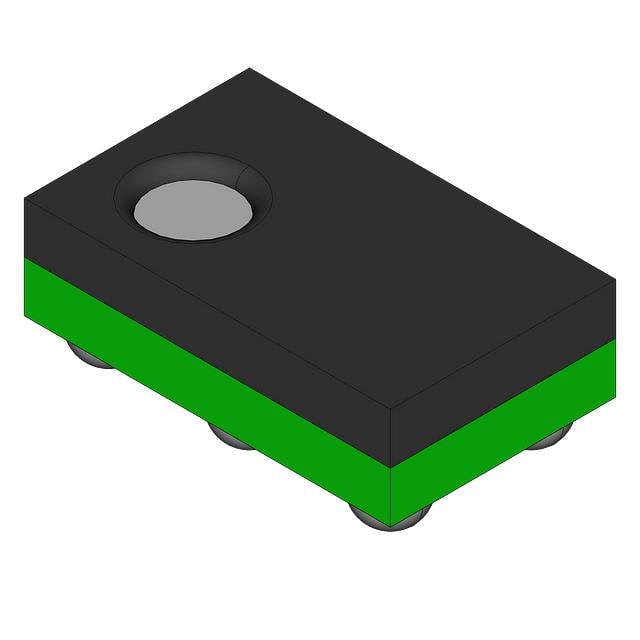
-
IP5002CX8/P135
NXP USA Inc.

-
ADAU7002ACBZ-RL
Analog Devices Inc.
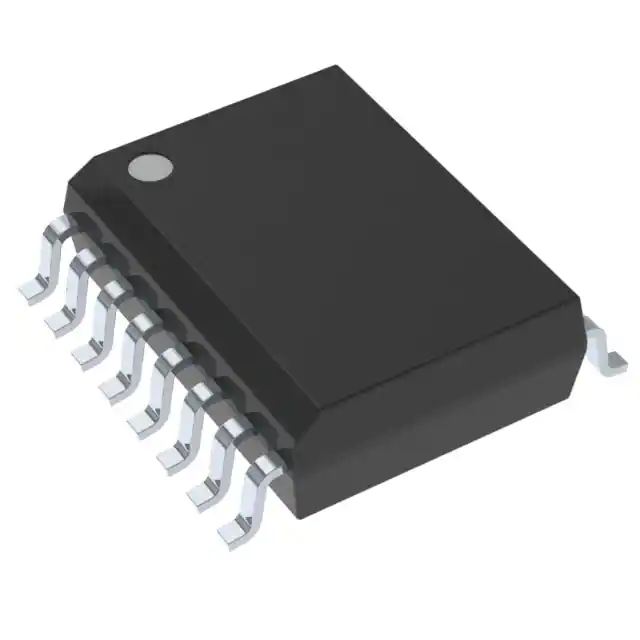
-
PGA2320IDW
Texas Instruments
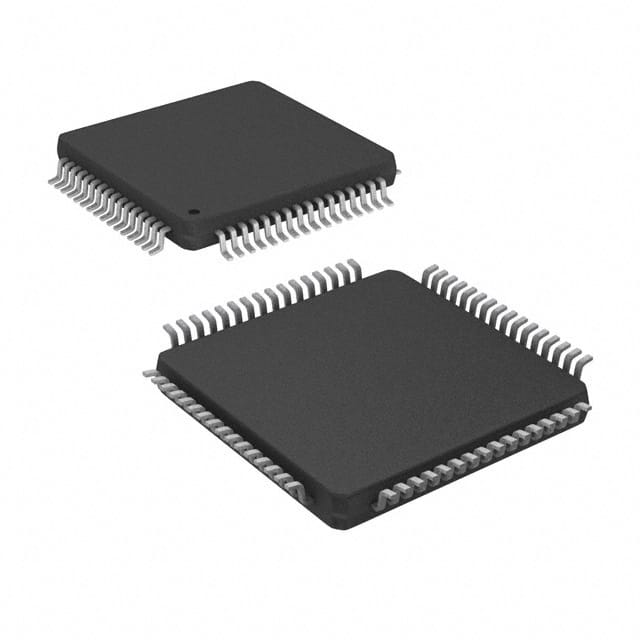
-
SRC4184IPAG
Texas Instruments
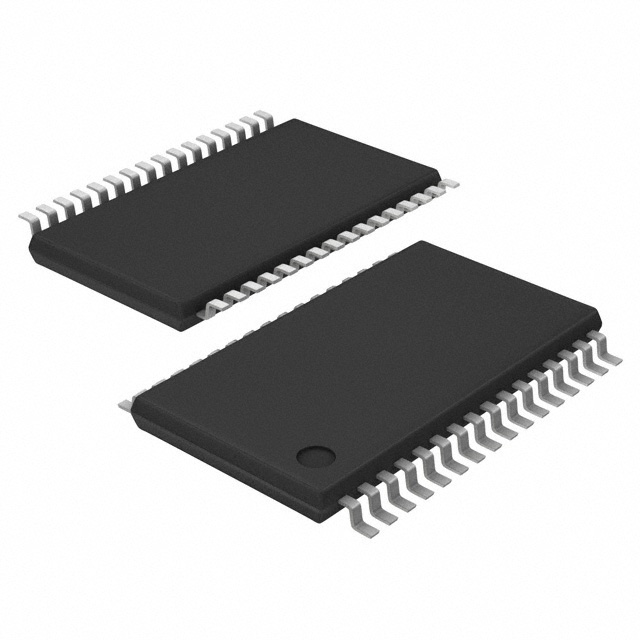
-
MUSES72320V-TE2
Nisshinbo Micro Devices Inc.
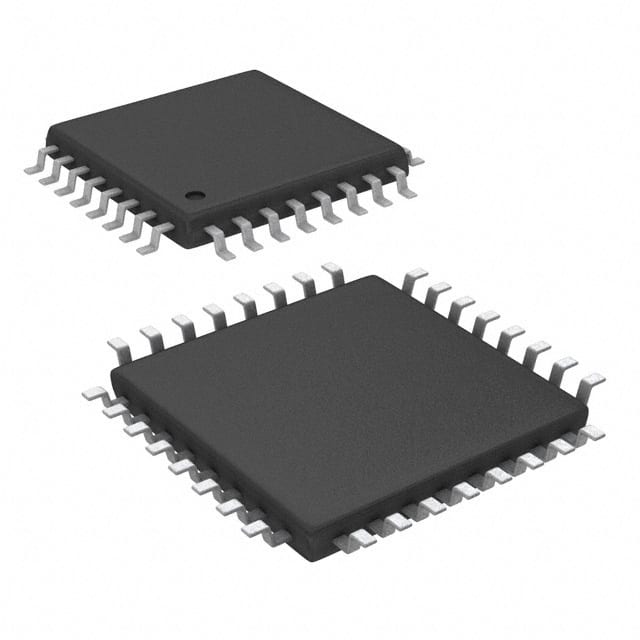
-
PCM2706CPJT
Texas Instruments
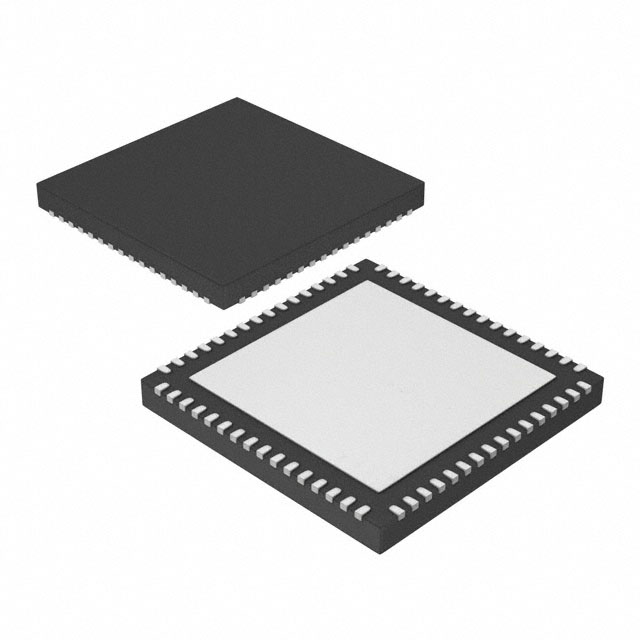
-
ZL38040LDG1
Microchip Technology

-
PGA2310UA/1K
Texas Instruments

- Help you to save your cost and time.

- Reliable package for your goods.

- Fast Reliable Delivery to save time.

- Quality premium after-sale service.







